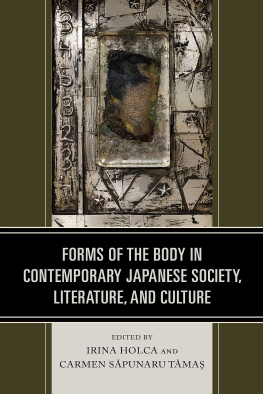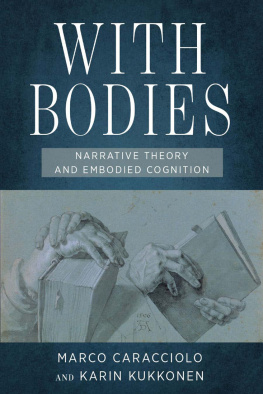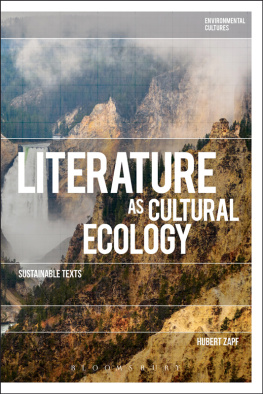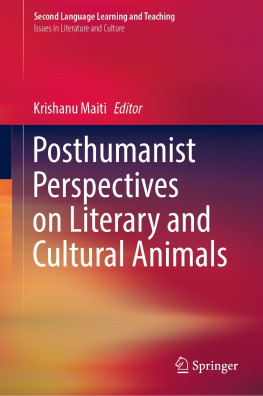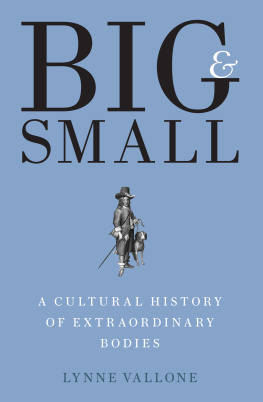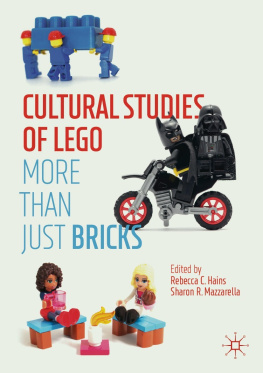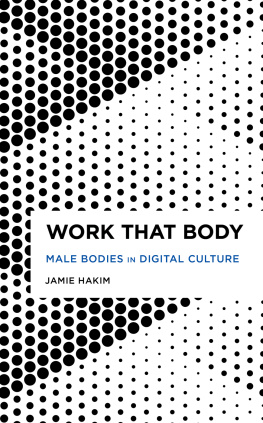Contents
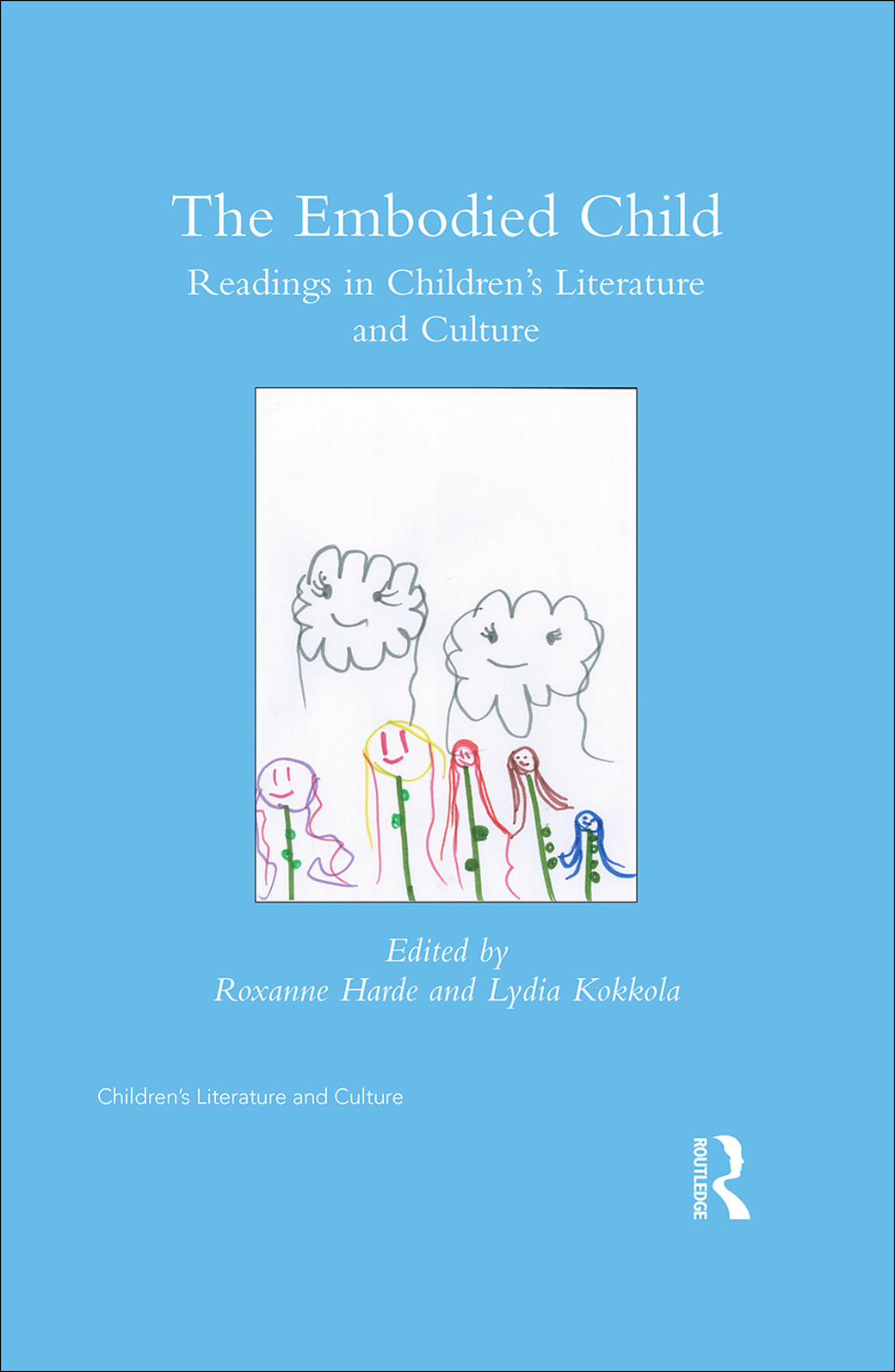
The Embodied Child
The Embodied Child: Readings in Childrens Literature and Culture is an innovative and timely collection of essays that offers rich analyses of childrens bodies as they are constructed in literature and popular culture. In this ground-breaking work, editors Roxanne Harde and Lydia Kokkola have brought together some of the most renown scholars in childhood studies who each delve into the complex ways children and their physical form are represented literature. Each chapter introduces readers to the subject through a distinctive lens, whether it be queer, racial, gendered, or those that are less often discussed, this book makes a long-needed contribution to discussions of the body and the child.
Roxanne Harde is Professor of English and Associate Dean (Research) at the Augustana Faculty of the University of Alberta, Canada.
Lydia Kokkola is Head of English and Education at Lule University of Technology, Sweden.
Childrens Literature and Culture Jack Zipes, Founding Series Editor Philip Nel, Current Series Editor
For a full list of titles in this series, please visit www.routledge.com.
New Directions in Childrens Gothic
Debatable Lands
Edited by Anna Jackson
More Words About Pictures
Current Research on Picture Books and Visual/Verbal Texts for Young People
Edited by Perry Nodelman, Naomi Hamer, and Mavis Reimer
Childhood and Pethood in Literature and Culture
New Perspectives on Childhood Studies and Animal Studies
Edited by Anna Feuerstein and Carmen Nolte-Odhiambo
Origin Narratives
The Stories We Tell Children about Immigration and Interracial Adoption
Macarena Garcia Gonzales
Italian Childrens Literature and National Identity
Childhood, Melancholy, Modernity
Maria Truglio
The Beloved Does Not Bite
Moral Vampires and the Humans Who Love Them
Debra Dudek
Affect, Emotion and Childrens Literature
Representation and Socialisation in Texts for Children and Young Adults
Edited by Kristine Moruzi, Michelle J. Smith, and Elizabeth Bullen
The Embodied Child
Readings in Childrens Literature and Culture
Edited by Roxanne Harde and Lydia Kokkola
The Embodied Child
Readings in Childrens Literature
and Culture
Edited by Roxanne Harde and
Lydia Kokkola

First published 2018
by Routledge
711 Third Avenue, New York, NY 10017
and by Routledge
2 Park Square, Milton Park, Abingdon, Oxon OX14 4RN
Routledge is an imprint of the Taylor & Francis Group, an informa business
2018 Taylor & Francis
The right of Roxanne Harde and Lydia Kokkola to be identified as the authors of the editorial material, and of the authors for their individual chapters, has been asserted in accordance with sections 77 and 78 of the Copyright, Designs and Patents Act 1988.
All rights reserved. No part of this book may be reprinted or reproduced or utilised in any form or by any electronic, mechanical, or other means, now known or hereafter invented, including photocopying and recording, or in any information storage or retrieval system, without permission in writing from the publishers.
Trademark notice: Product or corporate names may be trademarks or registered trademarks, and are used only for identification and explanation without intent to infringe.
Library of Congress Cataloging-in-Publication Data
CIP data has been applied for.
ISBN: 978-1-138-08156-7 (hbk)
ISBN: 978-1-315-10126-2 (ebk)
Typeset in Sabon
by codeMantra
To Bristol, the busiest little body a grandma could hope for.
Roxanne
In memory of my parents, Jean and David, whose bodies created my own.
Lydia
Assembling a collection is always a communal endeavor, but working on this one has felt particularly, even joyously, so. Conceived as we prepared for International Research Society for Childrens Literature (IRSCL) 2015 Creating Childhoods, constructed through collegial networks, and brought to fruition as we look toward IRSCL 2017 Possible & Impossible Children, The Embodied Child embodies the best of this organization and the field of childrens literature. Each of the scholars whose work appears in this volume is supported by communities, in our institutions, but also by our partners, families, friends, and colleagues. The result is a collection that is uniformly of the highest standards. We are grateful for the opportunity this collection provided to bring us into contact with such a dynamic group of researchers, and we thank our contributors for all their hard work and good humor.
We also wish to extend our gratitude to
Jean Webb who encouraged us to form a collection from the IRSCL Congress in Worcester.
Philip Nel who has been positive about this book from the start.
Roberta Seelinger Trites and the anonymous reviewers who helped raise the standard of the collection.
Jennifer Abbott, Veronica Haggar, and Sofia Buono, who carried the project through to production.
Tia Lalani for polishing the abstracts in ways we couldnt have imagined.
Our institutions: the University of Alberta and its Augustana Faculty which have supported Roxannes research with funding, a stellar and superbly staffed Library, and an administrative team that fosters this work. Lule University of Technology who offered Lydia opportunities worth emigrating for.
But most of all, we extend this work to you, our readers, as your body engages with the fruits of our labor.
Lydia Kokkola
The English word body stems from the Saxon word bodig meaning vessel: a carrier or container. Embedded within the etymology of the word are the ideas that the body is neutral and that what it containsthe soul, the spirit, mind, call it what you willis both separate and of more value. This divide, so clearly articulated by Rene Descartes that it is often attributed to him, despite its older origins, informs many aspects of thought and behavior and is, consequently, deeply embedded in Indo-European languages. Academic studies of the body and embodiment typically begin by pointing out that the division is a fallacy: the body is not neutral, and it cannot be separated from the ways in which we think, perceive, and inhabit our environment. In their excellent The Body: A Reader, Mariam Fraser and Monica Greco, for instance, note that this particular dualism is very Western and suggest that the reason Chinese medicine is more holistic is quite simply because the Chinese do not regard the body and the mind as a dualism. Instead they contrast the heart (the site, not of love, but of cognition and virtue) with the body (associated with emotion and turmoil), a dichotomy which, Fraser and Greco claim, does not involve a general subordination of the body to the mind (22). We also question the divide, even as we acknowledge its ubiquity, and with this collection we bring together a range of approaches to examine representations of a particular kind of body: the childs body.
Maria Nikolajeva identified the return to the body and more generally the material turn as a recent trend in the scholarship on childrens literature, and posits that this trend has arisen partly in response to an extended focus on construction and representation (Recent Trends). The approach she espouses, cognitive criticism, was initiated by work in linguistics that revealed how the metaphors we use expose patterns of thought (Lakoff and Johnson). The language used to describe children also reveals an implicit set of ideas about this category of human: the word


